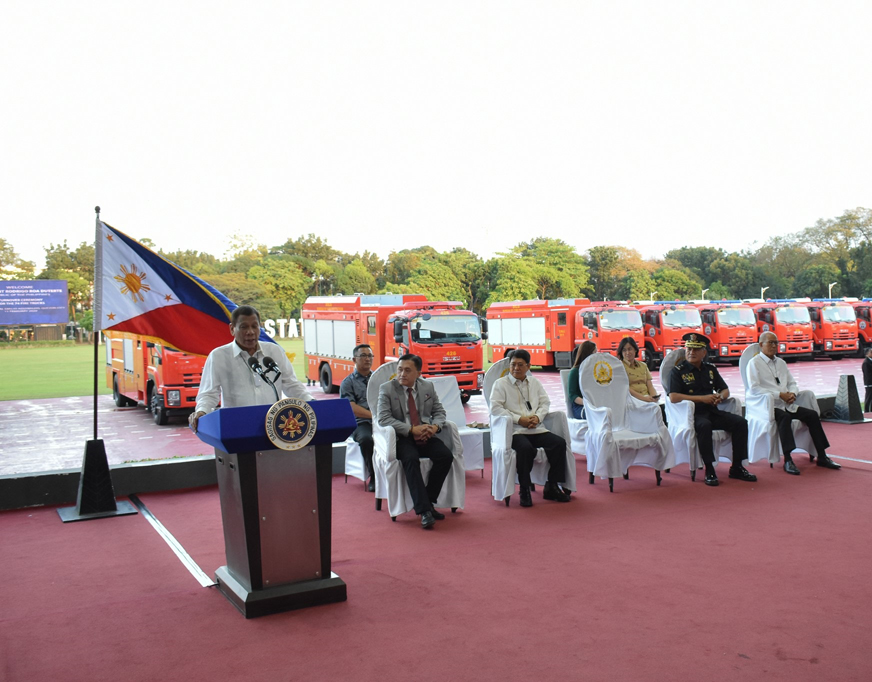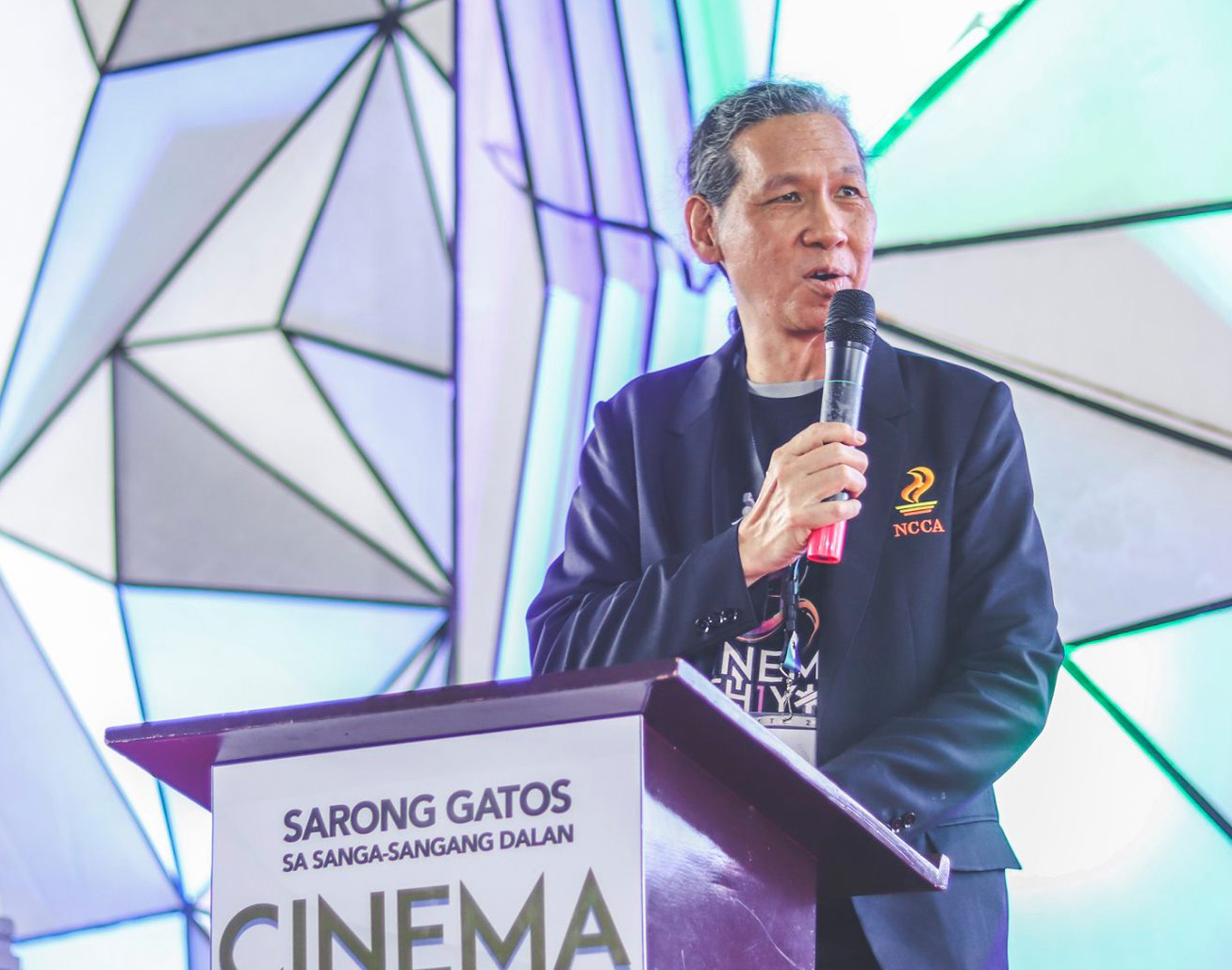TELECOMMUTERS–the digitally connected employees of this generation–are maybe the most protected from the COVID-19 threat.
Companies globally have started to ask their employees to stay home if they feel like they are susceptible to the virus or have begun showing symptoms of an infection.
Google, for example has instructed employees in its Dublin office to work from home.
Twitter’s US office has recommended that its 5,000 employees all begin telecommuting.
According to a Business Insider report cryptocurrency company Coinbase announced that if its employees “consider themselves susceptible to the flu” they can work from home instead.
The growing global concern of a pandemic has brought unease upon both employers and employees.
In non-manufacturing jobs that do not require manual labor or the actual physical presence of employees such as programming, transcription, sales calling and writing employees have become wary of the spread of the virus and have started to prefer, or in some cases even demand to work out of office.
For work-at-home system to exist, a reliable IT infrastructure that supports remote team collaboration and file syncing capabilities is a must.
Ubiquitous technology like Bluetooth, Wi-Fi and the Cloud created enough space to keep the virus away from people. These basic technologies provide the stable performance base for business continuity during these difficult times. However, that is just one part of the story.
Interestingly, more than two-thirds of 70 percent of working people surveyed around the world work away from the office at least once every week.
This research by Zug quoted co-working space provider IWG as saying that even professionals–those with actual offices–benefit from telecommuting as long as the necessary tools are available. The same study revealed that 53 percent of those surveyed work remotely for at least half of the week.
The ability to work from home has changed the working landscape under the COVID-19 threat.
Current LT and 4G connections for example, provide almost seamless face-to-face communications from personal one-on-one to group conference calling that has for some companies cut down on travel expenses. And in these days of the Coronavirus and the 14-day quarantine, traveling for business is not an option anymore.
But there is some work that needs some interaction. For example, to transfer and store files especially large ones like videos and digital films people prefer swapping USBs or portable hard disks.
The Cloud and tools like Apple iCloud, Google Drive, OneDrive, DropBox and Sync provide storage that is easy to access. These systems are free up to a certain size, and the subscription grows in proportion to what is stored. But these SaaS models may have operating issues such as recurring subscription fees, data leaks and security and transfer speed issues.
To instill more complexity, the recent waves of ransomware threaten to disrupt IT systems by using victims’ information to block their access data they have stored on the Cloud.
This is why for many enterprises, as it is with small office and home networks, pairing these Cloud storage with a Network Attach Storage (NAS) system is the solution.
Clearly, by not physically, meaning handing over, documents, photos or even USBs and portable hard disks, the risk of transmitting COVID-19 is also reduced. By using a NAS, files are immediately available in a small network cluster that means better transmission of data.
From a business’ perspective, the implementation a NAS into the existing IT infrastructure can ensure effortless remote file sharing and syncing, data ownership and security, higher levels of communication and teamwork, and long term productivity. A proper NAS system is important as it provides dynamic remote team collaboration and file sharing capabilities, which the traditional file servers fail to deliver.
According to Synology, a world leader in NAS, the ideal modern day file server, in addition to having remote access to file services and dynamic team collaboration tools, should also have the capacity for cross office synchronization, self-serve IT, and compatibility with different devices.
“The right solution should allow employees to safely handle many storage issues themselves including changing passwords or restoring lost files from backups, access files that are synced across the offices from all over the world, and give users the ability to access files from anywhere across multiple devices,” Hewitt Lee, Director of Product Management at Synology Inc. said in an interview.
Lee pointed to the fact that many businesses are still hesitant to move on from conventional file server that may pose potential risk to data security and performance issues in the long run. Lee points out that NAS-powered servers are relatively inexpensive and compared to massive server infrastructures for storage.
“That way, employees can easily access or share files from outside the office with the benefit of keeping sensitive data stored on the company’s own equipment without needing to relying on IT personnel heavily.” Lee said.
In the wake of the COVID-19, and many hazards like the recent rash of earthquake and devastating typhoons in the Philippines, implementing a more dynamic modern day file server infrastructure allows businesses to better manage risks, establish more robust file management rules, streamline team collaboration in order to ensure business continuity and productivity.




